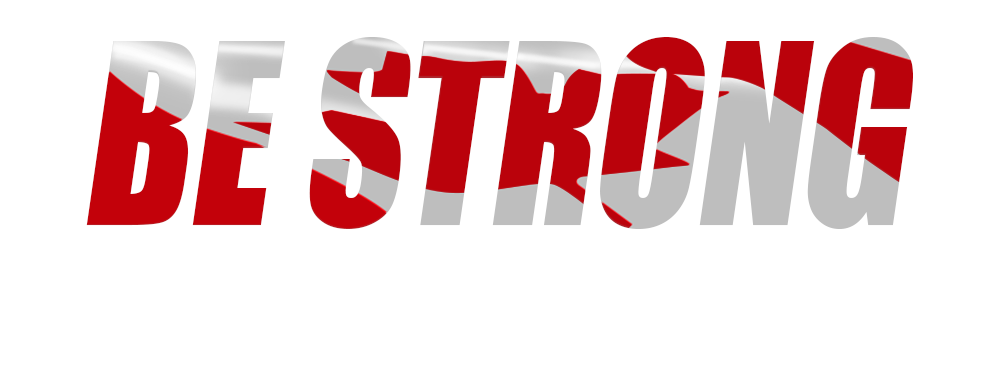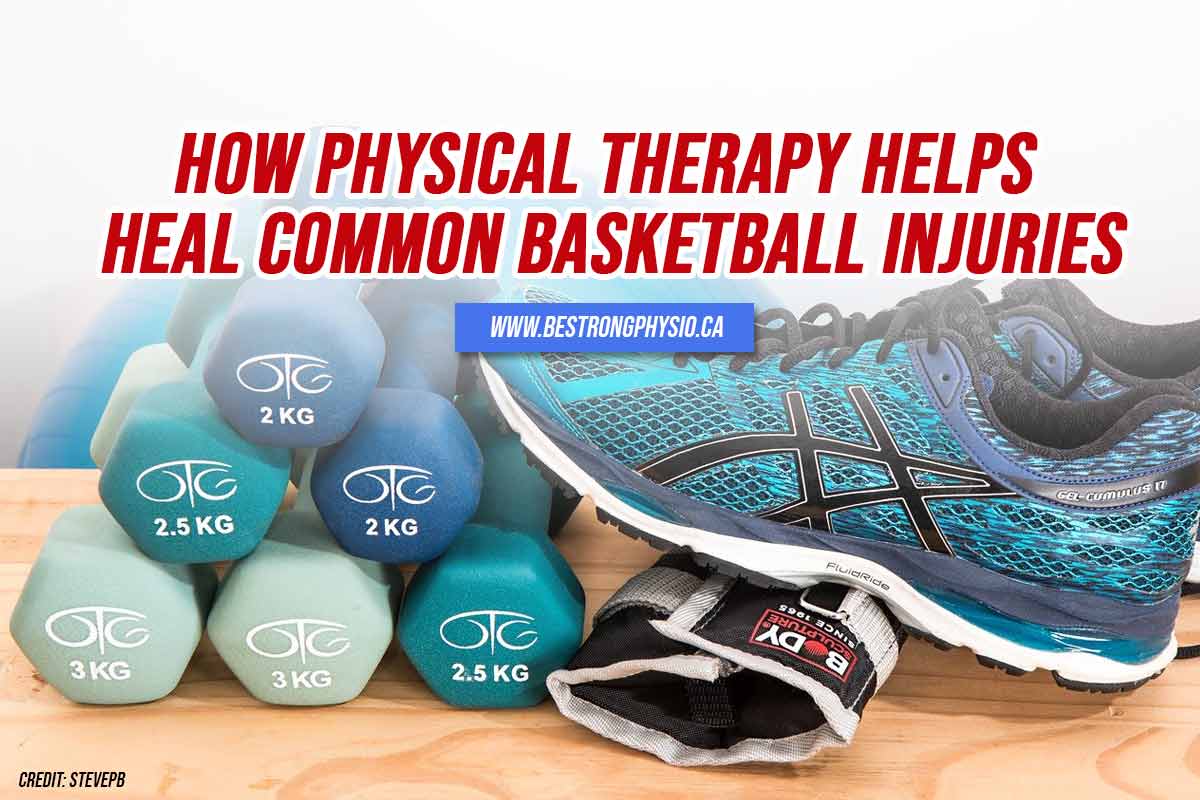How Physical Therapy Helps Heal Common Basketball Injuries
Basketball is no doubt among the much-loved sports in the world. This fast-moving team sport is very physical, including actions like dribbling, shooting, rebounding, passing, defence, jumping, and running. As much as you enjoy playing the game, basketball is also a fantastic way to exercise your entire body. Hence, basketball is a fun and great way to burn calories and stay healthy and fit.
Common Basketball Injuries
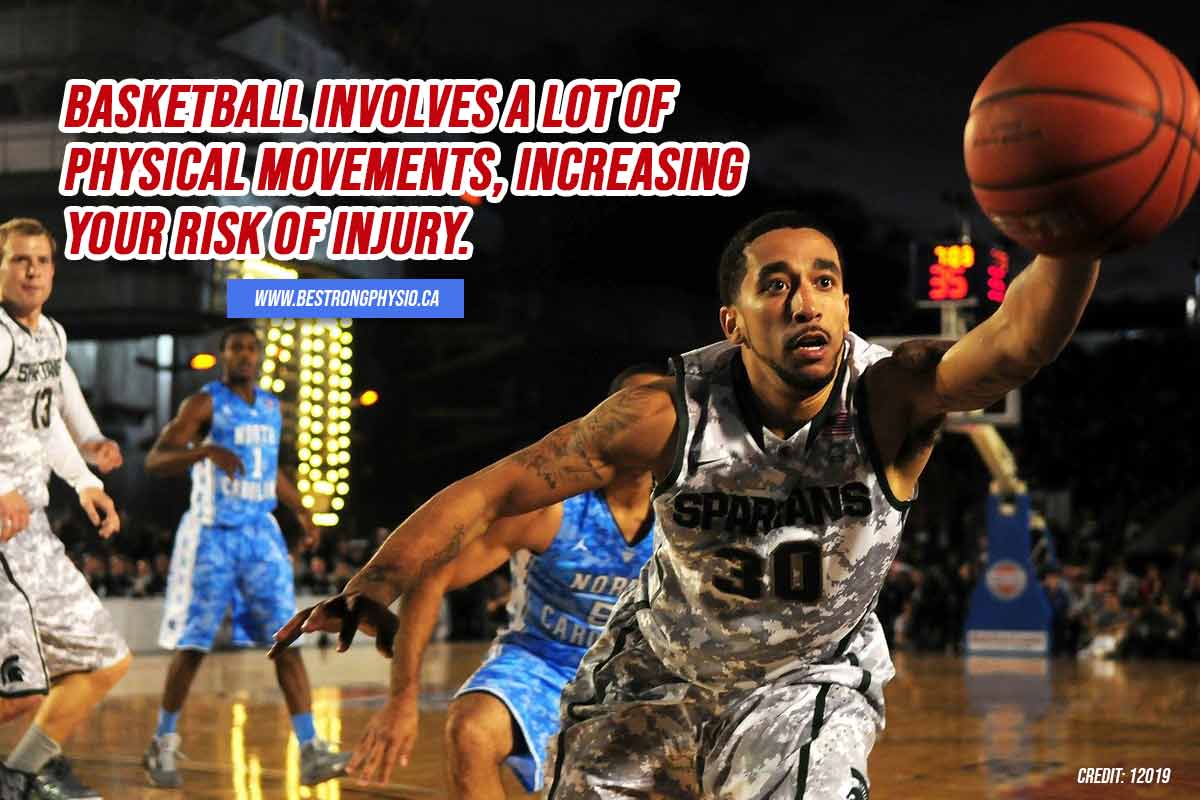
This contact sport puts various muscle groups into action, making them susceptible to injury. For example, the player uses the quadriceps (thigh) and gluteal muscles (buttocks/hips) to slide from side to side or crouch to defend a player. Additionally, the player needs to engage the calf muscles for jumping (making a jump-shot, rebounding, blocking, or intercepting a pass). Sometimes, the player needs to use different muscle groups at the same time to make a quick step.
Basketball also engages the arms and shoulder muscles (triceps, deltoids, biceps, and rotator cuffs). The triceps are often used to shoot the ball from a distance. Also, the pectoral muscles and trapezius are integral to shooting from three-point range. Muscles in the abdomen, psoas, oblique, pelvic floor, and lower back are essential for making sharp cuts or pull-ups. A strong core provides players with a stable defensive stance, improved balance, and ease of movement.
However, as with any sport, playing basketball may put you at risk of injuries. Let us now explore the different and most common forms of basketball injuries:
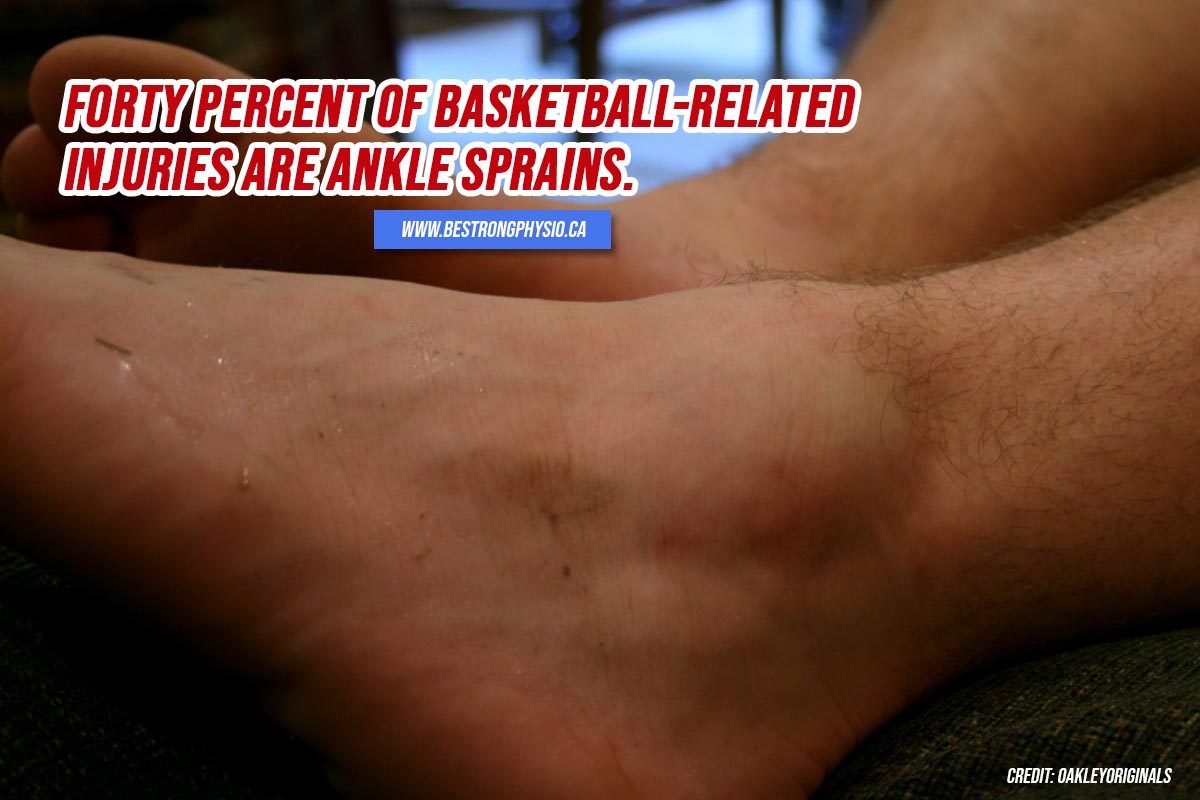
-
- Sprained ankle – Rolling or twisting your ankle in an awkward way often results in tearing or stretching the ligaments in the ankle. Wearing an improper type of shoes can increase your risk of twisting your ankle or falling. Its symptoms include pain, swelling, and stiffness which limit the motion in the ankle. Depending on the severity of the injury, a sprained ankle may take a few days, weeks, or even months to heal fully. Without proper treatment, a sprained ankle can affect your ability to walk and perform other activities. It also causes you to walk unevenly. Walking with a sprained ankle puts more pressure on the healthy ankle, making it more susceptible to ankle injuries.
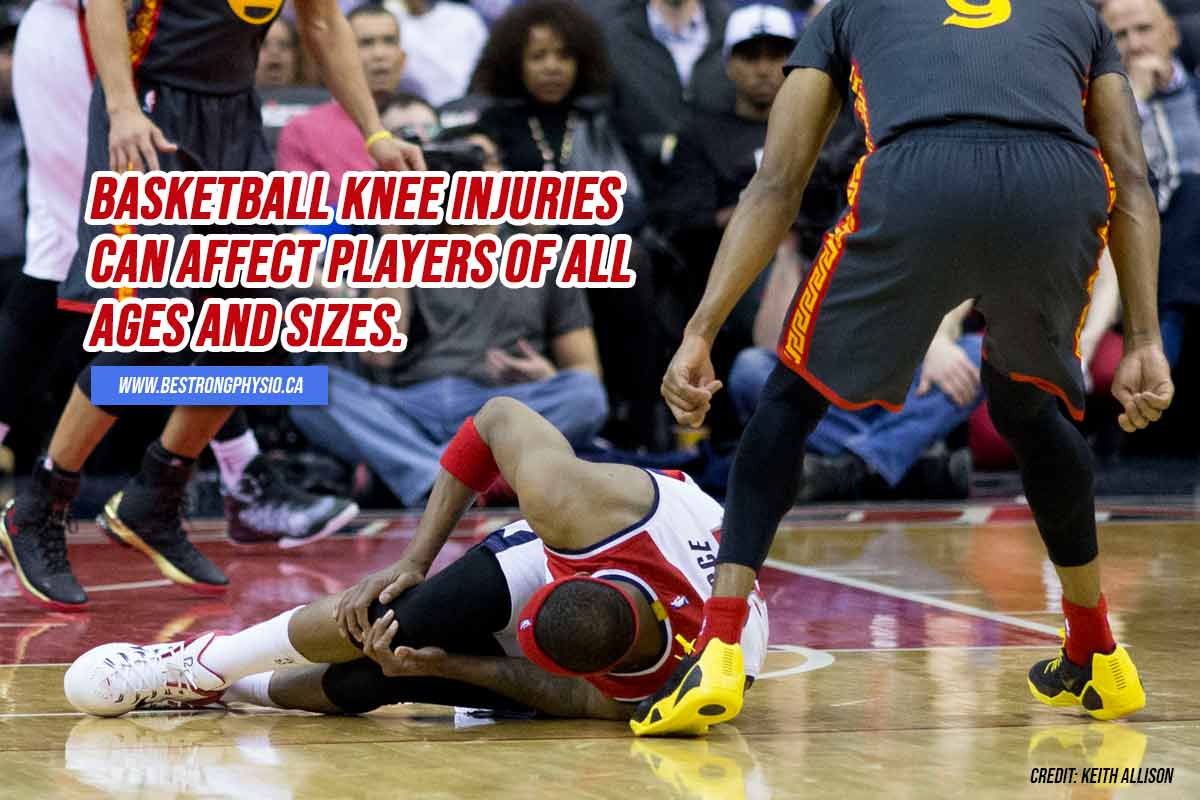
- Knee injuries – Knee injuries require immediate medical evaluation and treatment. An injury to the medial collateral ligament can be treated with ice and bracing, allowing you to slowly return to your daily activities. Other knee ligament injuries may require surgery to correct and preserve the function of the joint. Athletes with a serious knee injury would require medical clearance before they can return to play.
- Stress fracture – Stress fracture is a result of an overuse injury that requires a period of rest. Players should avoid lifting heavy objects which may worsen the fracture on the injured leg. The healthcare professionals monitor the recovery of the player until he is medically-cleared and pain-free.
- Jammed fingers – With all the catching, passing, and shooting, it is no wonder why jammed fingers are among the common basketball injuries. It usually happens when the ball hits your fingertips, jamming it against another joint. This often results in pain and swelling.
- Deep thigh bruising – Also known as quadriceps contusions, deep thigh bruising occurs when another player’s elbow or knee accidentally struck your thigh muscles. This can cause potential bleeding and other complications that affect the normal function of the thigh muscles.
How Physical Therapy Helps Athletes Recover from Injuries
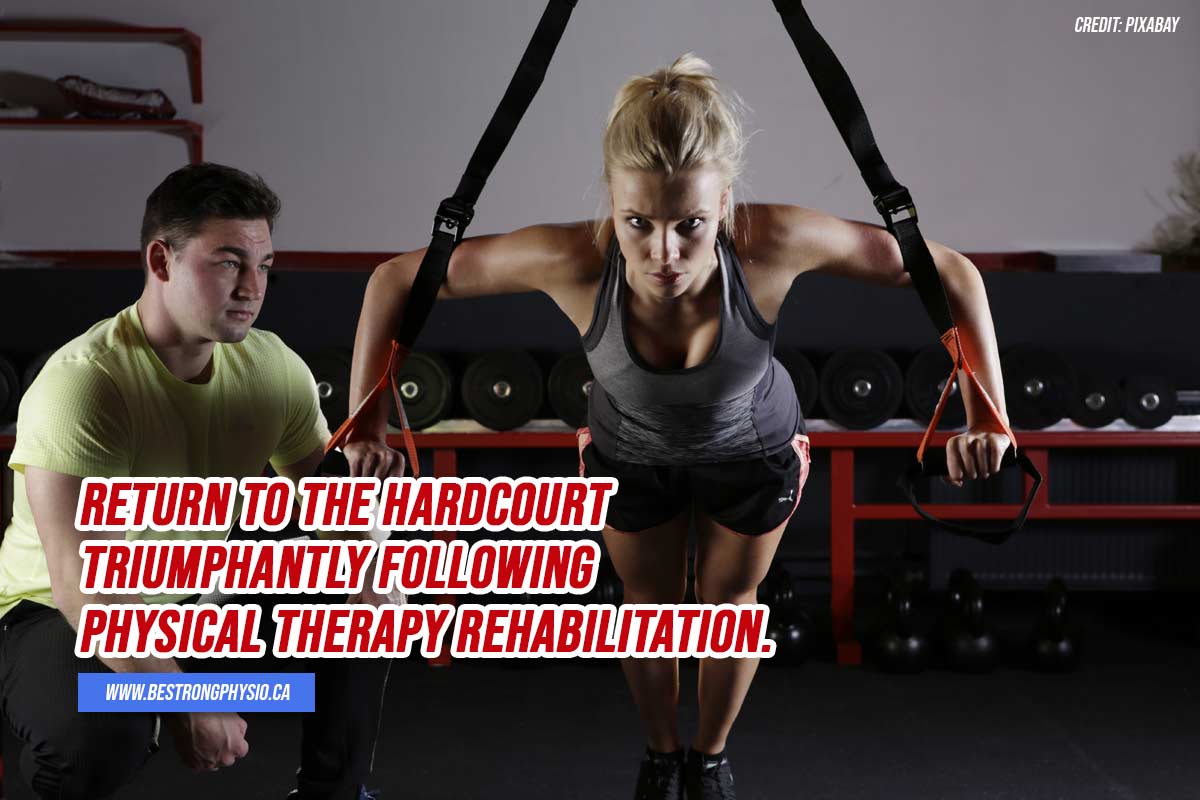
Basketball injuries are classified as either traumatic or overuse. Traumatic injuries are classified as a sudden and one-time incident, while overuse injuries occur over time due to the excessive stress on a body part, often due to improper technique.
Each injury has a unique set of symptoms, which generally require the player to stay out of the hardcourt for a period of time. Many used this time to undergo physical therapy to treat any injuries and help athletes recover using targeted training, including:
- Stretching exercises targeting inflexible areas of the body
- Strengthening exercises to invigorate weak muscles or restore muscle imbalances
- Personalized exercise programs to reduce the risk of recurrent injuries
- Hands-on therapy to treat sore or painful areas
- Basketball-specific training exercises that mimic the action on the court
Physical therapists help assess and treat muscle imbalances, such as tight and weak muscles, to prevent painful injuries. Many players are unaware of their existing muscle imbalances until they sustain an injury that affects their performance. That is why it is important for physical therapists to conduct a thorough biomechanical screening to identify these issues early and prevent them from becoming a problem.
While it can be impossible to prevent injuries from happening, physical therapy can help facilitate healing naturally. Physical therapy is crucial for basketball players undergoing lower back rehabilitation, recovering from arthroscopic shoulder surgery, or returning to sports after reconstruction of the posterior cruciate ligament.
Proper rehabilitation is critical before stepping back onto the court. Physical therapists will focus on the following important areas, including:
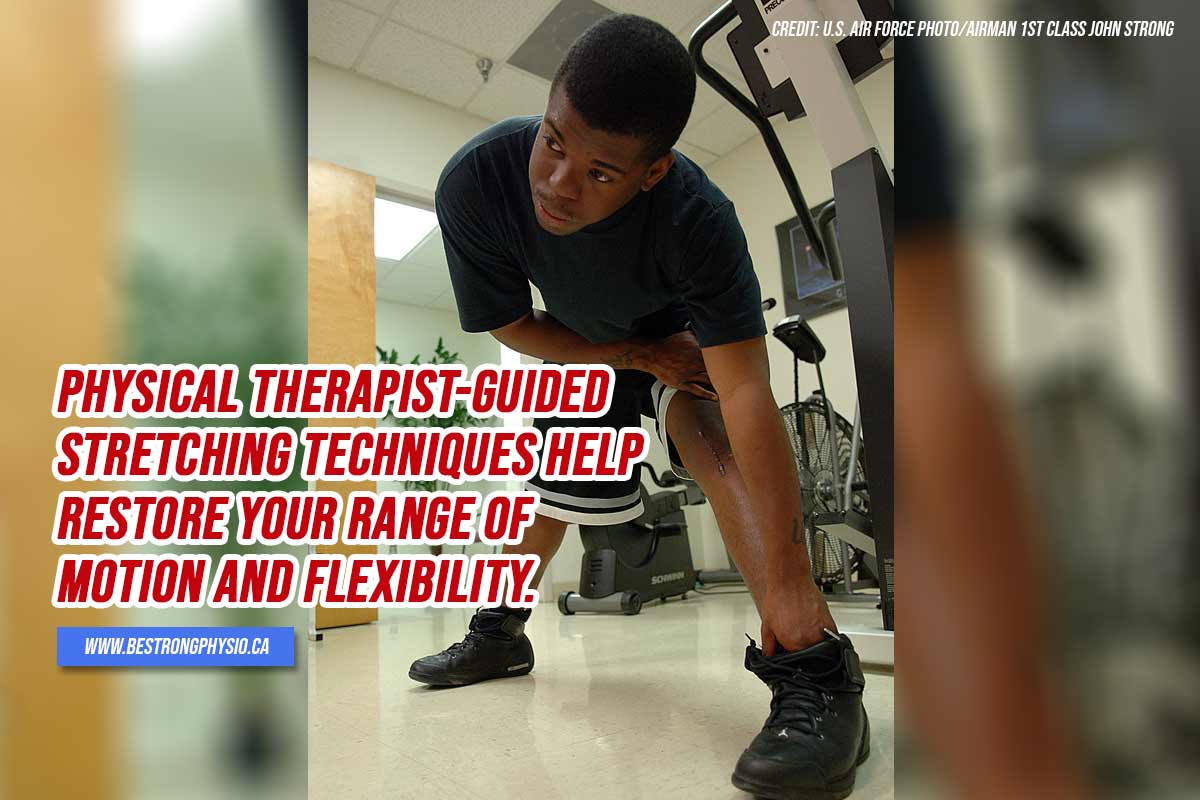
- Stretching muscles and joints – Formation of scar tissues and contraction of soft tissues can potentially happen after sustaining an injury or recovering from surgery. These can result in joint and muscle stiffness and limited range of motion in the injured area. The physical therapist will guide you through different stretching techniques to help you regain your full range of motion and prevent further injuries.
- Strengthening exercises – The physical therapist needs to ensure that the player has fully recovered his strength in the injured area. During the rehabilitation period, a personalized exercise treatment plan is tailored to strengthen injured muscles and joints.
- Core strength and stability – Maintaining proper core strength and stability is essential in reducing the risk of re-injury. For instance, your core is like the foundation of your house. When you build your house on a foundation, it can potentially collapse over time. The same is true with your body. Having a weak core can put you at risk of injury. To protect yourself, physical therapy helps strengthen and stabilize your core, helping you get back on your feet and playing on the hardcourt once again with improved performance.
Injuries can be debilitating to a player’s self-confidence, but it does not mean that your season is over. Seeking the right physical therapy or sports physiotherapy in Toronto is critical for making a triumphant return. If you want to successfully return after an injury, be sure to request an appointment with Be Strong Physio.
Start your healing journey through expert care at our physical therapist’s hands to help you get back on your feet and stay active and well-protected while enjoying the sports you love.
Call us now at (416) 792-6440.




